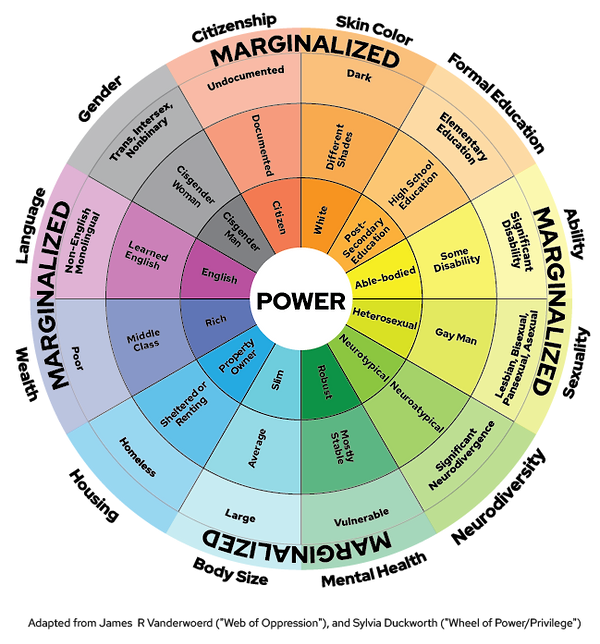
Reality for women
In communities however, the picture is very different. Women report being unaware of their human rights. They experience violations of their human rights on a regular basis and have little or no knowledge, support or means to address these.
Some of these violations are experienced by all members of particular communities, such as poverty in areas of high deprivation. Other violations are experienced by some women, e.g. disabled women will be more affected by cuts to healthcare than non-disabled women.
Violence Against Women Statistics
-
Number of sexual offences in Scotland in 2023/24 was 14,484
-
17% of reported sexual offences were rape or attempted rape.
-
In 2022/23 at least 37% of sexual crimes reported to Police Scotland were against a young person under the age of 18 years.
This Human Rights Framework will not only inform women of their rights, but will support GWVSN and other organisations / groups to identify and take-action on issues that are being raised by women in the community. In pursuing “gender-transformative change”, we hope to achieve change for women as a community. Although this will benefit individual women the Framework will also seek to “reframe the discourse of empowerment – and the burden of change- from a focus on women’s individual agency to collective responsibility and political engagement and action. (Hillenbrand, E. et al (2015) Measuring gender-transformative change; a review of literature and promising practices.) The Framework fully recognises that many women experience similar violations of their human rights and as one group challenges these violations this should positively impact on all women's lives in Glasgow and beyond.
Intersectional discrimination
Intersectional discrimination refers to the overlapping or combined effects of discrimination based on multiple personal characteristics, such as race, gender, sexuality, class, disability, and other factors. This acknowledges that individuals can experience complex and compounded forms of discrimination that cannot be understood or addressed by considering each characteristic in isolation.
Key Features of Intersectional Discrimination
1. Multiple Grounds of Discrimination: It occurs when a person is subjected to unfair treatment because of more than one
attribute, such as being both a woman and a member of a racial minority.
2. Unique Experiences: The effects of combined discrimination create unique experiences of disadvantage that differ from
the combination of individual discriminatory factors. For example, a Black woman may face sexism in ways that differ
from those experienced by white women.
3. Structural and Systemic Nature: Intersectional discrimination often highlights inequalities embedded in institutions e.g.
courts, local authority services, police etc, laws, or social practices that disadvantage certain groups based on their
intersecting identities.

